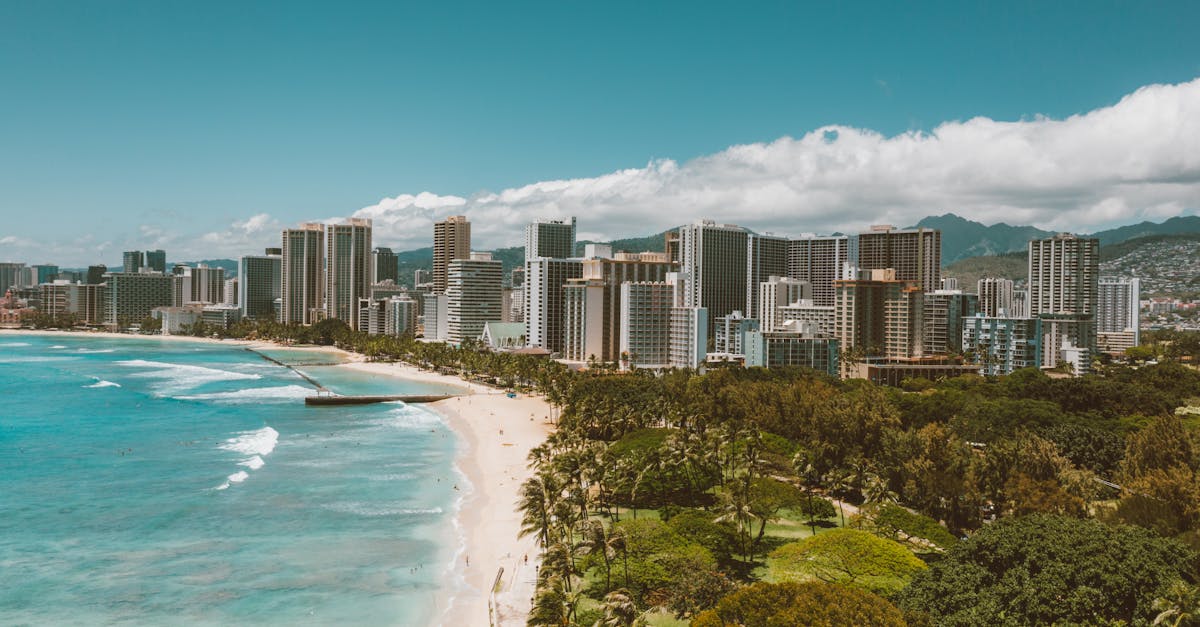Hawaii's tourism industry is experiencing a complex challenge as it navigates its recovery: a concerning rise in visitor drownings. A recent report by Beat of Hawaii reveals that a significant 69% of drownings in Hawaii involve visitors, with Maui experiencing a doubling in its drowning rate. This alarming statistic underscores a critical need for enhanced water safety measures to protect tourists and maintain the state's reputation as a safe destination. The Maui News also reported that Maui leads the state in drowning rates, from 2020 through 2024.
The newly released 2025 Hawaii Water Safety Plan has brought to light several key issues contributing to this crisis. Chronic underfunding for lifeguard services and critical safety infrastructure, coupled with delays in implementing new lifeguard towers, are major concerns. These resource constraints hinder the state's ability to adequately monitor beaches and respond swiftly to emergencies. Furthermore, there's growing concern that the current visitor protection protocols are not keeping pace with the rapid resurgence of tourism, potentially leaving visitors vulnerable to ocean-related hazards.
The implications for Hawaii's tourism-dependent economy are significant. The safety of visitors is paramount for maintaining the appeal of the islands as a premier vacation destination. The SFGATE reports that drowning is the leading cause of injury-related deaths for visitors in Hawaii. If the state cannot effectively address and mitigate these risks, it could lead to a decline in tourist arrivals, negatively affecting businesses and the overall financial health of the state. Businesses that rely on tourism, such as hotels, tour operators, and water sports companies, could suffer financial losses. Moreover, a tarnished reputation could have long-term repercussions on the industry's recovery and sustainability.
The problem extends beyond visitors, as Civil Beat's investigation highlights that Hawaii residents also drown at alarming rates. The report indicates that the rate of drownings are surprisingly high for both groups. This emphasizes the need for comprehensive safety initiatives, encompassing public awareness campaigns, enhanced lifeguard training, improved signage, and better collaboration between government agencies, tourism stakeholders, and local communities. The safety plan should include education for both locals and tourists.
Addressing these challenges requires a multifaceted approach. Increased financial investment is crucial to provide adequate staffing, upgrade safety equipment, implement preventative measures, and expand educational programs. Furthermore, the state should consider implementing stricter regulations and penalties for unsafe water activities. The Maui News also reports that drowning is the leading cause of death for children ages 1 to 15 years old. This underscores the need for prevention for all ages.



